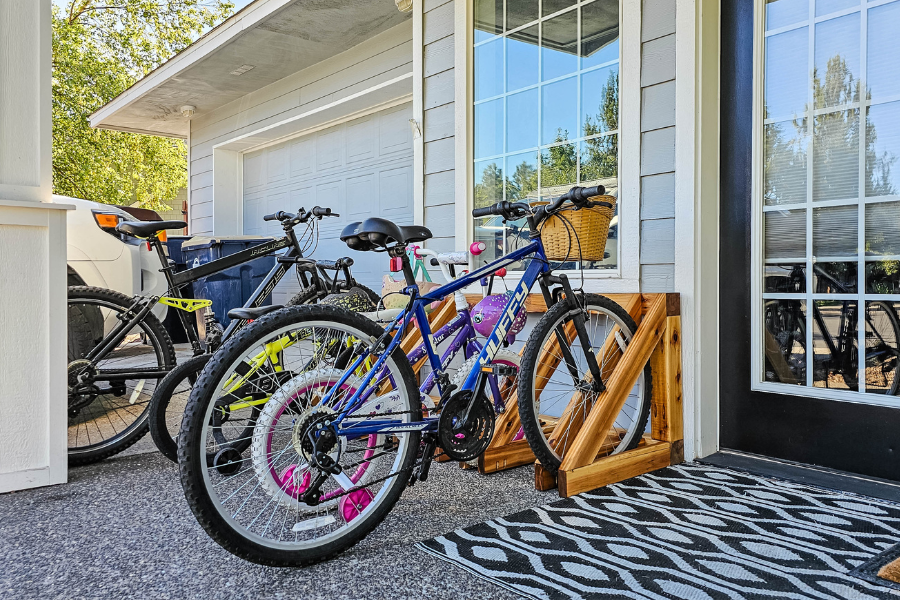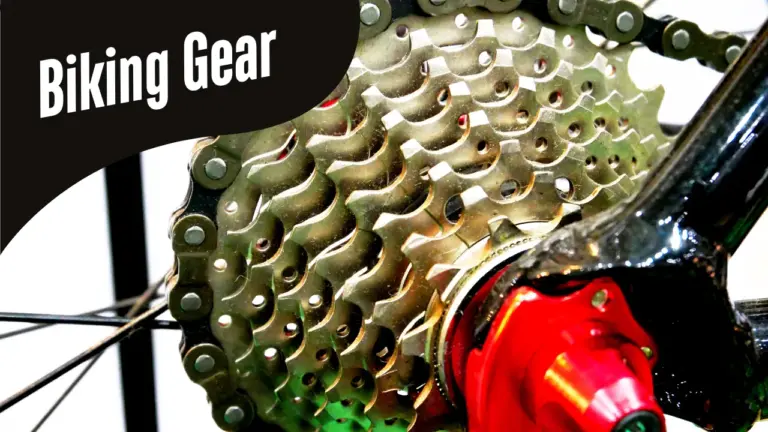Bike Stands: The Complete Guide for Every Cyclist (A Must-Have for an Easier and Safer Ride)
Cycling has become more than just a mode of transport—it’s a lifestyle, a form of exercise, and a passion for many people around the world. Whether you’re a professional cyclist, a weekend rider, or someone who simply commutes to work by bike, there’s one accessory that can make a huge difference in your cycling experience: the bike stand.
A bike stand may not sound like the most exciting cycling gear, but it plays an essential role in keeping your bike safe, upright, and in good condition. Imagine coming home after a ride, and instead of leaning your bike against the wall (where it could slip and fall), you simply slot it into a sturdy stand. Or, picture yourself repairing a flat tire—it’s so much easier when your bike is held steady by a stand.
In this guide, we’ll dive deep into everything you need to know about bike stands—their purpose, the different types available, the benefits they offer, how to choose the right one for your needs, and tips for using and maintaining them. By the end, you’ll know exactly why a bike stand is worth having in your cycling setup.
What is a Bike Stand?
A bike stand is a device designed to support your bicycle when it’s not in use. It keeps the bike upright, preventing it from tipping over, scratching, or damaging the frame. Bike stands are useful for storage, repairs, and display.
While bikes often come with kickstands, they don’t always provide enough stability—especially for heavier mountain bikes, road bikes, or e-bikes. That’s where dedicated bike stands come in. They are sturdier, more reliable, and tailored to specific needs.
READ MORE: Essential Biking Gear
Why Do You Need a Bike Stand?
Here are a few reasons why every cyclist can benefit from having a bike stand:
- Prevents Damage
Leaning your bike against a wall or laying it on the ground can scratch the frame, derail the chain, or damage components. A stand holds it securely. - Space-Saving
In apartments, garages, or small homes, a stand helps you store your bike neatly and free up floor space. - Easier Maintenance
Changing tires, adjusting brakes, or cleaning the chain is much simpler with a repair stand that elevates your bike. - Professional Look
A stand gives your bike area an organized look, especially if you own multiple bikes. - Longevity of the Bike
Proper storage reduces wear and tear on sensitive parts like tires, rims, and gears.
Different Types of Bike Stands
Not all bike stands are created equal. Let’s break down the most common types:
1. Kickstand
- Built directly onto the bike frame.
- Convenient for casual riders.
- Lightweight but not very sturdy for repairs.
2. Floor Stand
- Freestanding device where you slot in your front or rear wheel.
- Great for garages, apartments, or outdoor spaces.
- Portable and simple to use.
3. Wall-Mounted Stand
- Attached to the wall, allowing you to hang your bike vertically or horizontally.
- Saves space, especially in small homes.
- Requires drilling and wall strength.
4. Ceiling-Mounted Stand
- Uses hooks or pulley systems to suspend bikes.
- Best for storing multiple bikes in tight spaces.
- A bit harder to install.
5. Repair Stand
- Holds the bike off the ground by clamping the frame or seat post.
- Ideal for serious cyclists or home mechanics.
- Adjustable height and rotation make it easy to work on different parts of the bike.
6. Display Stand
- Sleek and stylish stands used in bike shops or homes.
- Focused more on aesthetics than functionality.
How to Choose the Right Bike Stand
When picking a bike stand, consider the following:
- Purpose
- For daily storage: choose a floor or wall stand.
- For repairs: invest in a repair stand.
- For display: look into a display stand.
- Bike Type
- Road bikes are lightweight and can work with simpler stands.
- Mountain bikes or e-bikes need sturdier, heavy-duty options.
- Space
- Small apartments = wall or ceiling stand.
- Larger garages = floor stands or multiple racks.
- Budget
- Kickstands and basic floor stands are cheap.
- Repair stands and high-end wall mounts are more expensive but worth it for regular riders.
Benefits of Using a Bike Stand
- Keeps bikes safe – prevents accidental falls.
- Saves time – no need to prop or adjust your bike against something.
- Improves maintenance – makes cleaning and repairs hassle-free.
- Organized storage – great for households with multiple bikes.
- Durability – reduces stress on tires and frames from poor storage.
Tips for Maintaining Your Bike Stand
- Check for Rust – If your stand is metal, clean and lubricate joints to prevent rust.
- Tighten Bolts – Over time, screws may loosen; check regularly.
- Use on Flat Surfaces – Always place floor stands on stable ground.
- Avoid Overloading – Don’t put heavy e-bikes on stands not designed for them.
- Clean Regularly – Dust and dirt can affect moving parts.
DIY Bike Stand: Can You Make One?
Yes! If you’re handy with tools, you can build a simple bike stand using PVC pipes, wood, or metal rods. A basic floor stand made of PVC pipes costs very little and works well for casual use. However, if you own expensive bikes, it’s worth investing in a sturdy, store-bought option.
Bike Stand for Different Cyclists
- Casual Riders: A simple floor stand or kickstand is enough.
- Commuters: Wall mounts save space in apartments.
- Mountain Bikers: Heavy-duty floor stands or repair stands for frequent cleaning.
- Professional Cyclists: Adjustable repair stands for precise maintenance.
Common Mistakes to Avoid
- Buying the Wrong Type – Don’t use a lightweight stand for a heavy e-bike.
- Improper Installation – Wall mounts need secure screws and studs.
- Ignoring Safety – Avoid placing stands in high-traffic areas.
- Not Considering Growth – If you plan to buy more bikes, get a multi-bike stand.
Final Thoughts
A bike stand may seem like a simple accessory, but it can transform the way you store, maintain, and enjoy your bicycle. From preventing damage and saving space to making repairs easier, a good stand is an investment that pays off in convenience and bike longevity.
Whether you’re a casual rider or a passionate cyclist, choosing the right stand depends on your lifestyle, space, and type of bike. Think of it this way: just as your bike supports you on the road, your stand supports your bike at home.
So, if you haven’t already, it’s time to give your trusty two-wheeler the care it deserves—get a stand that fits your needs and enjoy the peace of mind that comes with proper storage and maintenance.



